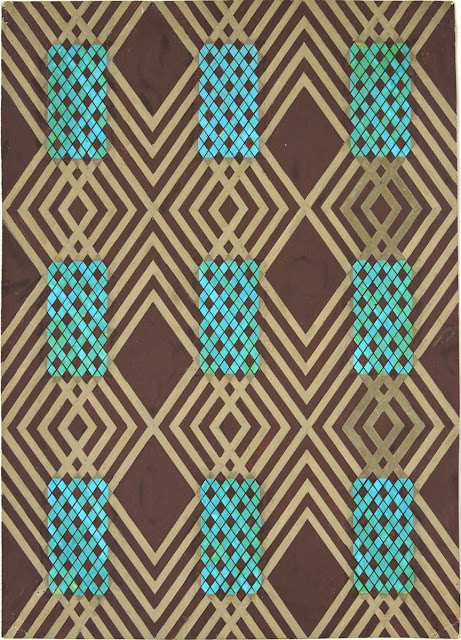The extravaganza of disco (last night's post) resembled me of fashion designer Elsa Schiaparelli's design in 1930's and 1940's. I think her designs have the same playful escapism as the glittering disco era. Among Coco Chanel, Italian born Schiaparelli was the most influential fashion designer of the time period between the World Wars. As Chanel was a minimalist, Schiaparelli's approach on fashion was flamboyantly artistic and experimental. She was influenced by Surrealism, did experiments with shapes and synthetic materials, collaborated with artist and always caused a stir in the fashion scene.
Perhaps that is just the essence of design: constantly questioning and redefining how things could be. What would happen if it was done differently? There always must be the ones pushing their limits in order to something new to happen. Perhaps design is rebellion. The newness wears out fast and becomes common, but the hardest thing is to go where no-one's been before. Among many innovations and her use of shocking pink color, she is known for being first one to use a zipper as a visible element of design.
As her fashion house closed down in 1954 Schiaparelli is not as widely known as Chanel today, but Schiaparelli is definitely not to be left unmentioned when talking about development of elegance, fashion and design.



























































